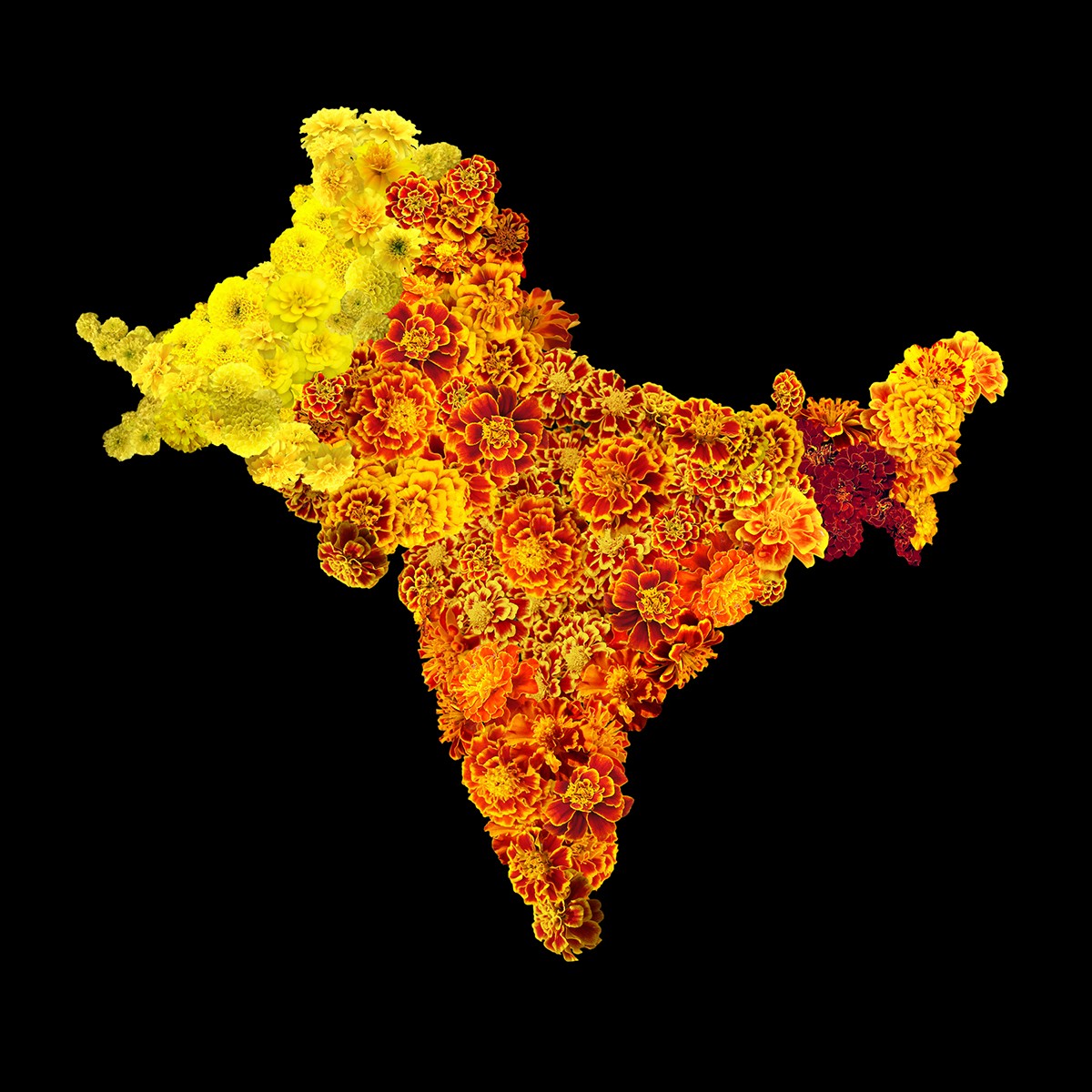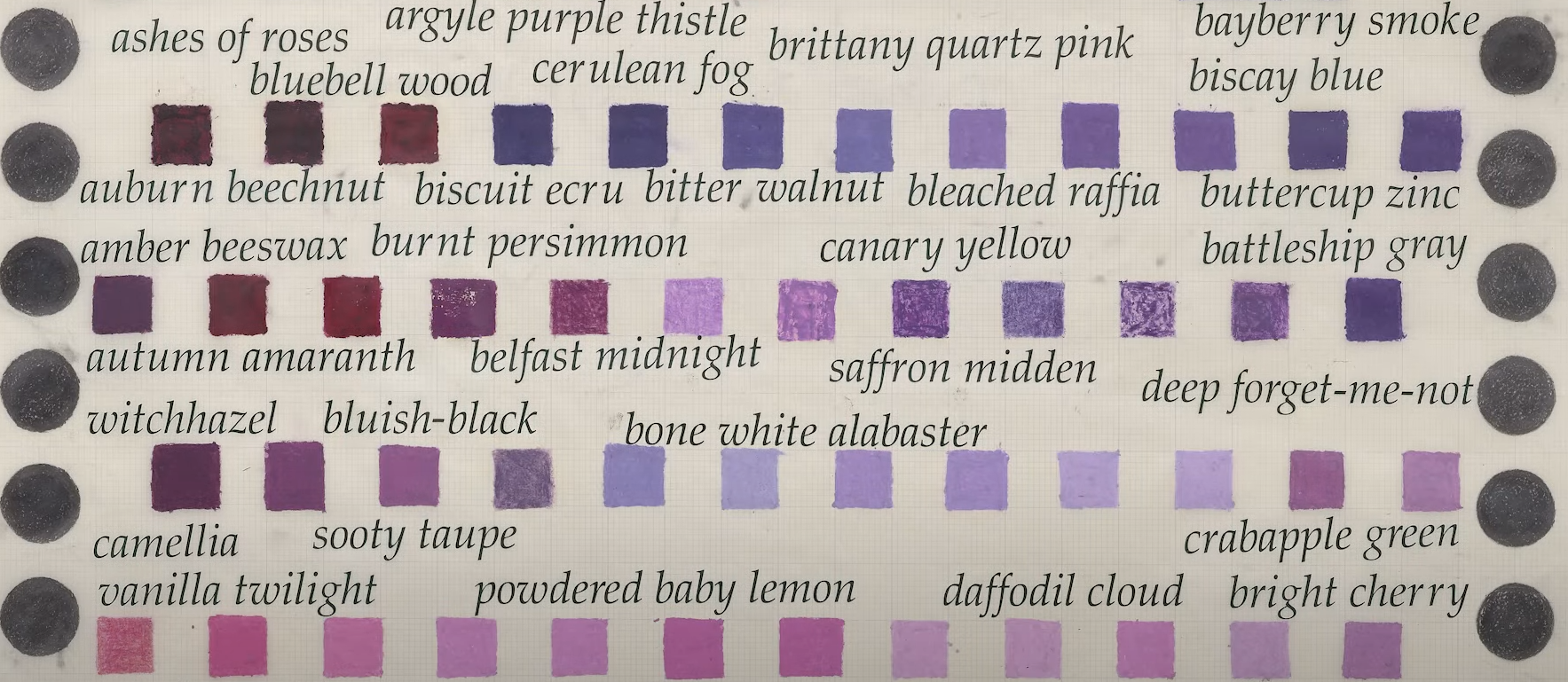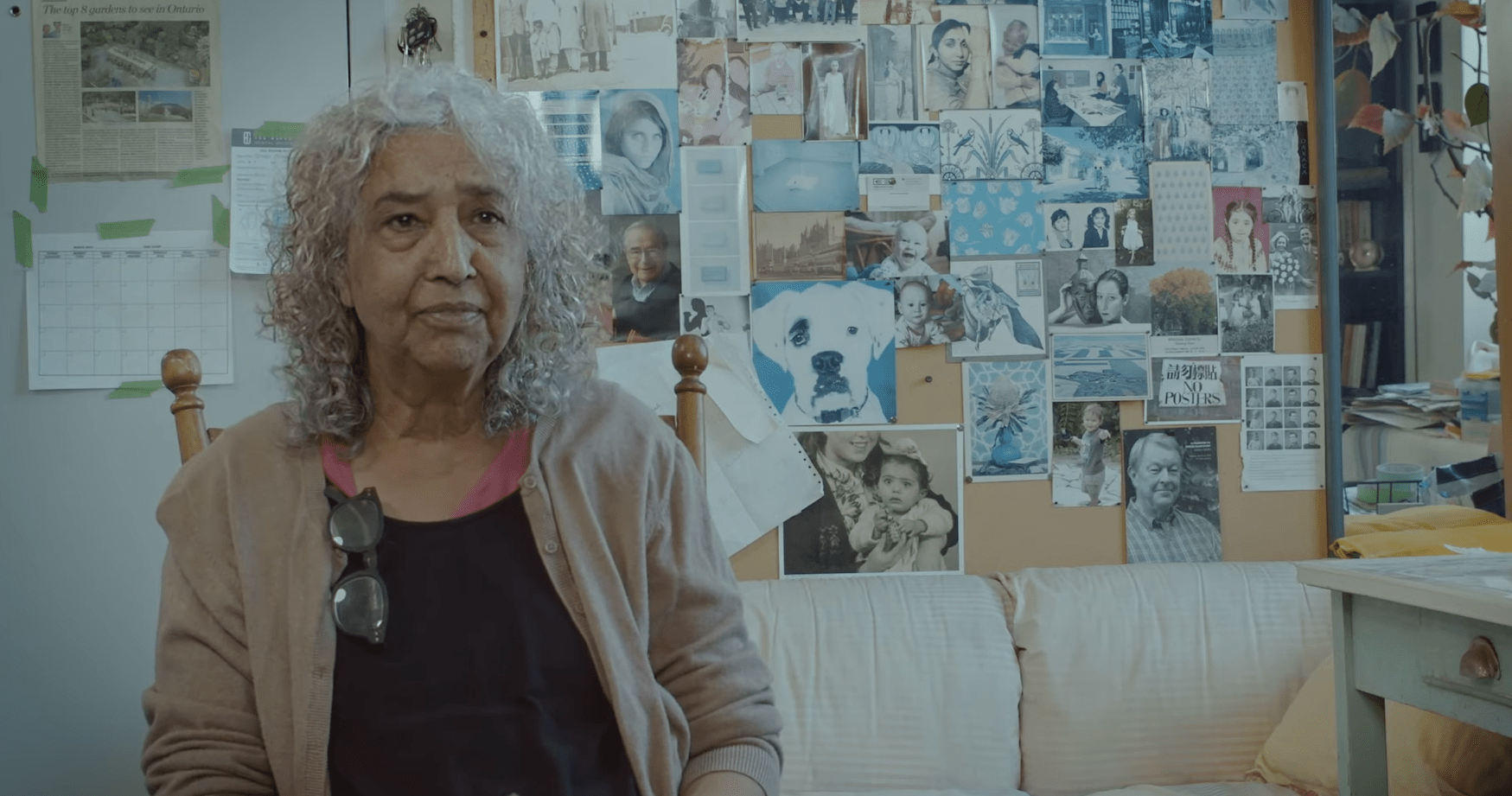Although you might not be able to understand Sarindar Dhaliwal’s work at first sight, a closer look will make you relate to it on many levels.
The meaning behind her art comes to you slowly at first, and then with increasing clarity, as you delve into her own migrant journey, as well as those of so many others who move to build better lives for their families.
Not only is her work relatable by those who have come to Canada from overseas — as Dhaliwal did — but also to Canadians who have been here for generations.
Born in the Indian state of Punjab, Dhaliwal moved with her parents to the UK when she was just four, living in Southall, an area of London with a distinctly Indian flavour. Her family moved across the Atlantic when she was 15 to reside in Toronto, where she still lives. After gaining a BA in Fine Art from Falmouth University in Cornwall, England in 1978, she began exhibiting her works in 1983, and subsequently went on to earn an MA from York University in 2003, and a PhD in Fine Arts from Queen’s University in Kingston, Ont.
Her current exhibit, which is titled When I grow up, I want to be a namer of paint colours, is on display at the Art Gallery of Ontario (AGO) until July 14, neatly juxtaposes her most iconic past works and her future aspirations.
One of her most eye-catching works is ‘The cartographer’s mistake: the Radcliffe Line,’ named after the border drawn to demarcate modern-day India and Pakistan —a line that has its own decades-long legacy of violence, bloodshed and politics. Featuring a brilliantly rendered map of India, Pakistan and Bangladesh, each country is filled in with a differently-coloured marigold: Bright yellow, brilliant orange and deep red, the artwork depicts the very similar yet unique cultures of the three nations.

That map-based artwork is also the foundation of Dhaliwal’s book, The Radcliffe Line and other Geographies, a collection of artwork and poems curated by Marcie Bronson, which provides insights into Dhaliwal’s origins and inspiration.
While pictures are said to be worth a thousand words, Dhaliwal also uses text liberally in her artwork to convey feeling and emotion.
“Words have played an increasingly large role in my practice,” Dhaliwal said, in an interview organized by the Art Gallery of Ontario.
“There is a piece, I think it is from 1991, and it was a story that my mother told me about myself,” she said, recalling one of her installations at AGO, which features bold red text on a black background surrounded by eggs.
“Apparently when I was about six months old, I fell ill. They took me to doctors, but I stayed ill. And then a tinker came to the village and told the women that if they took a freshly laid egg, and placed it in the crossroads, when something smushed it, then the baby would get better.
“So that piece is a longish text but it has objects, which are all different kinds of eggs. So sometimes, you know, it’s hard to know what came first: The egg or the story.”
Dhaliwal explains that her work often features both inspirational text and bright colours, rooted in her own migrant experiences.
“I didn’t go back to the village where I was born until 2002, and I remember looking out of the train and seeing a little structure in a field,” she recalled. “And it had yellow, pink, and some other colours, but it was sitting in a field of green. And when I saw that, I thought, ‘Oh, no wonder I use so much colour.’”
Another iconic work is ‘Hey Hey Paula,’ an in-depth study into conformity and arranged marriage. The installation features 600 portraits of people taken from the engagement sections of newspapers, around a rotary telephone playing the 1960s love ballad of the same name.
AGO curator Renée van der Avoird provided insights into the meaning behind the installation.
“Almost all of them are wearing a pearl necklace, which is a symbol of innocence, purity, propriety, and wealth,” she said. “Sarindar learned that the pearl necklaces also contain secret codes: The size, the shape or the rarity of a pearl can indicate just how much that necklace cost.
“Sarindar was fascinated by the secret code and by reading these women’s lineages and social and professional connections in the captions that accompanied these photographs.
“The fact that this information was listed in the newspaper made her think of a Western parallel to the South Asian practice of arranged marriages. Marriages which are often for status and power as much as, or perhaps even more, than for love.”
The exhibition is named for Dhaliwal’s long-standing ambition to create a legacy of her own, by naming colours that will be used by everyone in the years to come.
“When I grow up, I want to be a namer of paint colours — I just thought that it would be a delightful profession, and I think it was inspired by paint chips,” she said. “And I always liked how they were described.”

The seeds concerning the names assigned to colours were first sown in Dhaliwal’s mind while she was in France, and began to germinate once she returned home. She has since painstakingly assembled dozens of swatches of different colours in a book dedicated solely to that effort, with colours ranging from a dark scarlet (called ashes of roses), to a faded white (duck yolk), and beyond. Colours that seem to evoke mood and feeling, rather than a certain tint.
One of her colours, for example, called Belfast midnight, features tones that are a light and a dark purple, and a scarlet-maroon blend, even when the colour normally associated with that time of night is usually black.
Since she began exhibiting in 1983, Dhaliwal has been part of more than 50 solo and group exhibitions across Canada. She’s also been a keen educator, and spent three years as a lecturer with Queen’s University Bachelor of Fine Arts Program, and as an instructor at the Ontario College of Art and Design University. She has also taught at the University of Toronto’s Scarborough Campus York University. She has led more than 45 visiting artist programs in Canada and overseas in locations such as the U.S., India, and Trinidad and Tobago.
Dhaliwal’s work is in collections including the Walter Philips Gallery in Banff, Alta., the Canada Council Art Bank in Ottawa, and Toronto’s Art Gallery of Ontario. She was also the 2012 recipient of the Canada Council International Residency at Artspace in Sydney, Australia.
“I hope that the work resonates with the viewers,” she said. “I have been accused often of being too personal in my work…that there’s no entry for the audience, but I don’t agree with that.
“My work has always been very dependent on the visual and the aesthetic, so if I am not there to explain something, I think that the viewer can access the beauty that I am trying to produce.”
Gautam is a journalist, editor and content writer skilled in both digital and print media, who brings with him more than a decade of editorial experience across five countries, including Canada and the US. A member of the Canadian Association of Journalists, Gautam worked as Deputy Editor of the Times of Oman before moving to Canada, where he continues to write on healthcare, education, human interest stories, sport, lifestyle, and science and tech. Gautam has a Masters' Degree in journalism from the UK, and is fluent in both English and French. He lives in Toronto.


